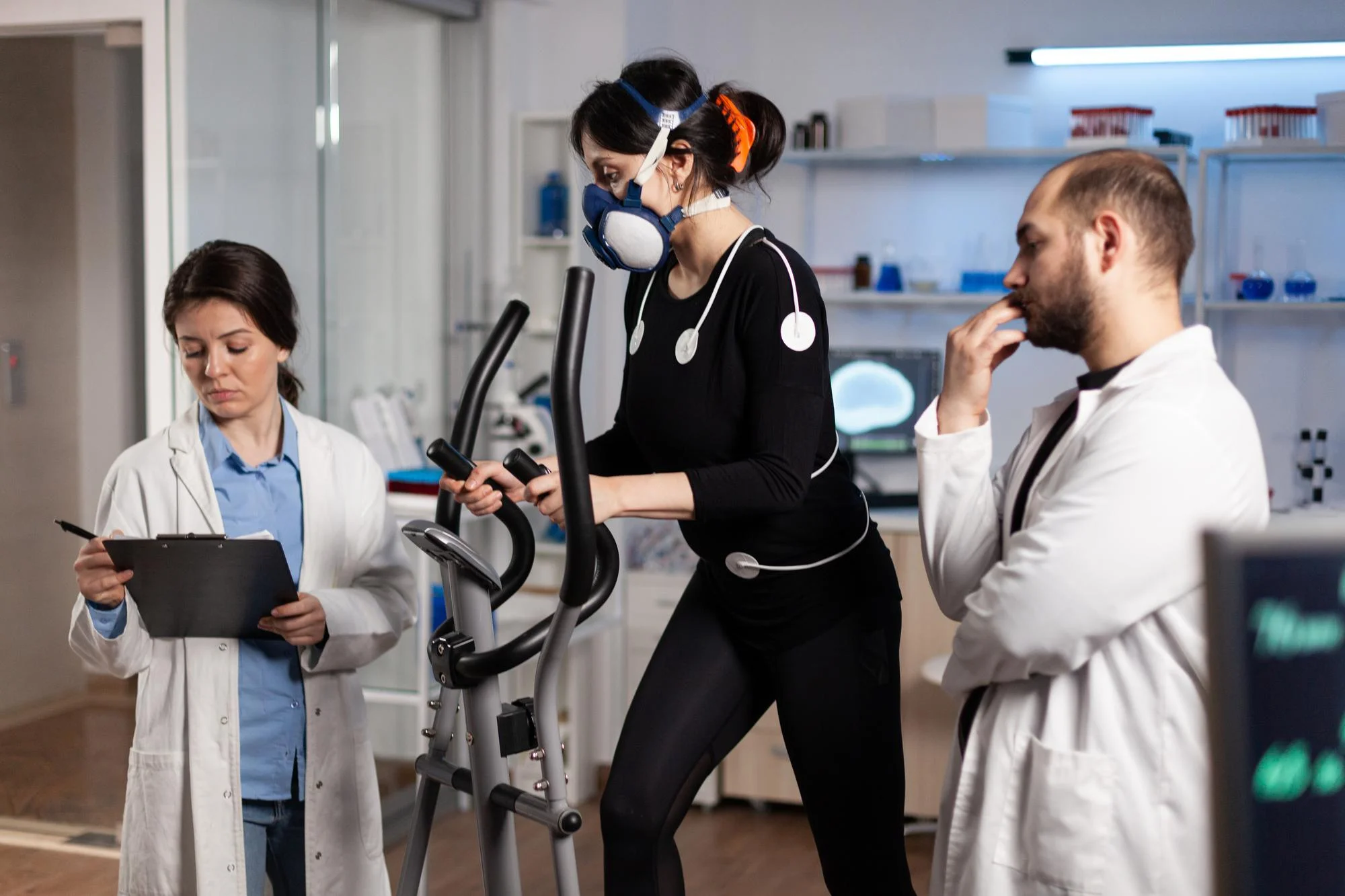In a groundbreaking study published in the Journal of ISAKOS: Joint Disorders & Orthopaedic Sports Medicine, researchers have revealed a significant decrease in re-rupture rates following the implementation of return to sport (RTS) testing after anterior cruciate ligament reconstruction (ACLR). The study, which observed 313 patients with a mean follow-up of 50 months, has provided crucial insights into the mid-term effectiveness of RTS testing.
DOI: 10.1016/j.jisako.2024.01.005
January 13, 2024, Auckland, New Zealand: A recent study led by a team of experts from Unisports Sports Medicine has delivered promising news for individuals undergoing ACLR. Published on January 11, 2024, the research details how RTS testing has not only contributed to a 36% reduction in ACL re-ruptures but also decreased contralateral ACL injuries among patients.
Anterior cruciate ligament injuries can be a major setback for athletes and individuals leading active lifestyles. The ligament is crucial for knee stability, particularly in sports involving pivoting and jumping. ACLR surgery aims to restore that stability, but the journey back to full activity is fraught with the risk of re-injury. The study’s findings have, therefore, sparked hope for improved post-surgical outcomes.
The Study’s Methodology
Patients who underwent ACLR between August 2014 and December 2018 participated in a RTS-test following their rehabilitation. This test assessed the patients’ readiness to return to sport by evaluating their functional performance through various exercises. The RTS-test included the Anterior Cruciate Ligament Return to Sport after Injury Scale, a series of single leg hops, a box drop vertical jump, a single leg 4 rep max incline leg press, and a modified agility T test. To pass, participants needed to achieve at least 90% limb symmetry index and meet specific takeoff and landing parameters.
Of the 352 patients who underwent RTS testing, 313 were contactable at follow-up, providing a robust data set for analysis. Remarkably, those who passed their RTS test showed significantly lower re-rupture rates of 6.6%, compared to 10.3% among those who did not pass, validating the efficiency of the testing in reducing the risk of re-rupture.
Age and Timing: Key Factors in Successful Return to Sport
The study also underscores the critical role of age in RTS outcomes. Younger patients were found to be more likely to fail their RTS-test and, in turn, face a higher risk of contralateral ACL rupture. Moreover, those who re-ruptured despite passing the RTS-test did so later (post-34 months), while failures tended to re-rupture early (pre-33 months).
The implication is clear: RTS-testing helps in achieving a safe and sustainable return to sports activities, particularly among older athletes. However, younger individuals may require more comprehensive rehabilitation and longer monitoring to improve their outcomes and reduce the likelihood of re-injury.
Discussion and Implications for Future Practices
The findings of this study have significant implications for sports medicine and the management of ACL injuries. By providing evidence for the effectiveness of RTS testing, the research supports the adoption of these tests as a standard procedure before clearing patients to return to sports post-ACLR. It prompts a reevaluation of current rehabilitation protocols, particularly for younger athletes, to further minimize the risk of re-rupture or contralateral injury.
The comprehensive methodology of the study’s RTS-test, combining strength, agility, and functional performance evaluations, sets a benchmark for orthopedic practitioners when assessing patient readiness for high-level physical activity. The nuanced approach to this assessment addresses the complex nature of ACL injury recovery, moving beyond simple time-based criteria to a more personalized and performance-based strategy.
Limitations and Further Research
The study, while robust in its findings, acknowledges its limitations, including potential selection bias and the fact that the decision regarding return to sport is multifactorial. Additional research, therefore, is necessary to refine RTS testing further and explore the psychological and physiological factors influencing safe return to activity post-ACLR, especially in different age groups and levels of athletic ability.
Conclusion
This study represents a significant stride forward in the domain of sports medicine and orthopedic surgery. It highlights the transformative impact that RTS testing can have in reducing both ACL re-rupture and contralateral ACL injury rates, particularly for those who pass the test first time around. Its findings will catalyze the development of more nuanced and effective rehabilitation protocols, benefiting countless individuals eager to resume their active lifestyles safely following ACL injury.
For the athletes and active individuals affected by ACL injuries, this research promises a safer, more confident return to the sports they love, supported by scientific evidence and a preventive approach crafted by the professionals at Unisports Sports Medicine.
Keywords
1. ACL Reconstruction
2. Return to Sport Testing
3. Re-rupture Rates
4. ACL Injury Prevention
5. Sports Medicine Research
References
O’Dowd, D. P., Stanley, J., Rosenfeldt, M. P., Walsh, S. A., Twaddle, B., de Ruiter, L. L., Crua, E., & Monk, A. P. (2024). Reduction in Re-rupture Rates Following Implementation of Return to Sport Testing After ACL Reconstruction: 313 Patients With a Mean Follow-up of 50 Months. Journal of ISAKOS: Joint Disorders & Orthopaedic Sports Medicine, [reference number], [DOI]. S2059-7754(24)00005-1. DOI: 10.1016/j.jisako.2024.01.005
